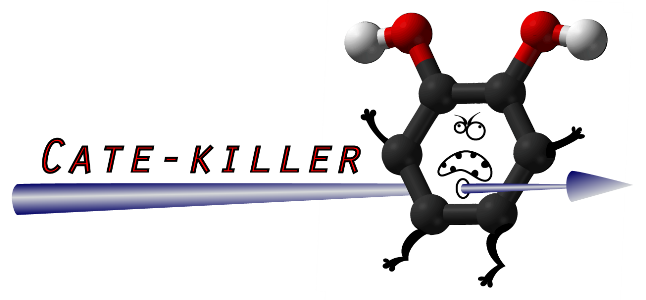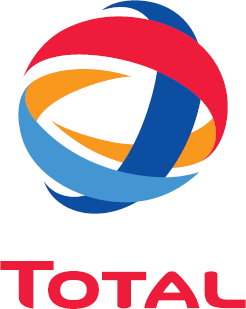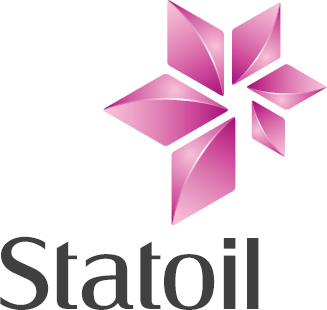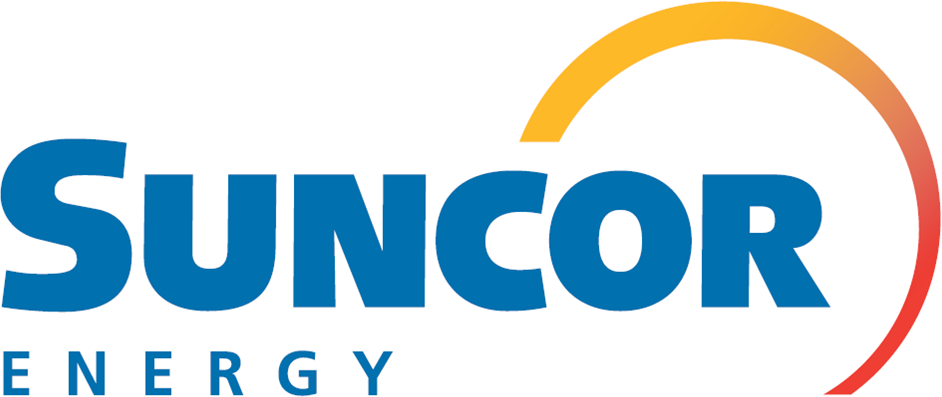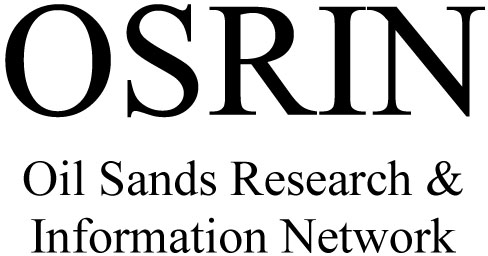From 2010.igem.org

Home
Background
Oil sands are a naturally occurring mixture of sand, clay, water, and a dense and extremely viscous form of petroleum referred to as bitumen. These deposits represent approximately two-thirds of the world's total petroleum reserves. The oil sands in the Athabasca Basin in northeastern Alberta, Canada, are one of the largest reserves containing an estimated 1.7 trillion barrels (270×109 m3). However, development of the resource comes with a significant environmental footprint. The extraction process to separate the mixture of sand, clay and bitumen produces large volumes of slurry wastes which are stored in 'tailings ponds'. The slurry’s components include polycyclic aromatic hydrocarbons (PAHs) which have been shown to be acutely toxic to aquatic organisms and humans.
It has been reported that a variety of bacteria residing in the ponds are able to break down these contaminants. The breakdown of many PAHs generates a common intermediate – catechol – that is further degraded to Acetyl-CoA. Since these reactions naturally proceed at extremely slow rates, we plan to utilize the principle of metabolic channeling to accelerate catechol breakdown. We hypothesize that efficient removal of this intermediate will have a beneficial effect on the rate of biodegradation of the upstream contaminants.
|
|
|
We gratefully acknowledge the ongoing support of the following sponsors.

 "
"


